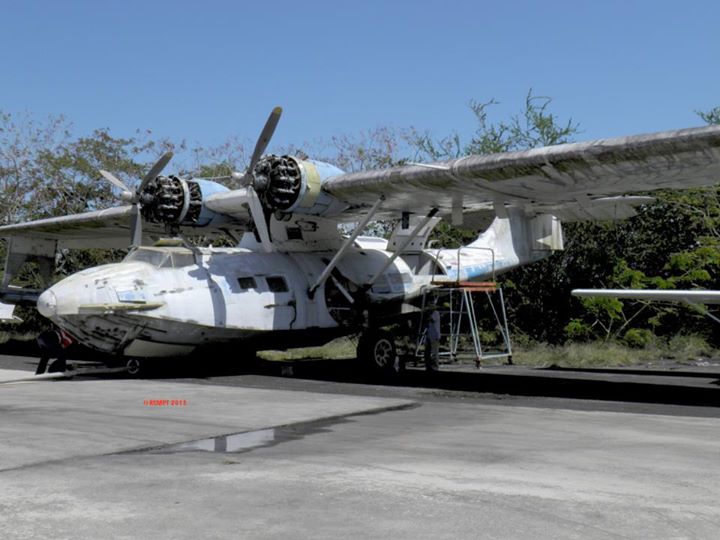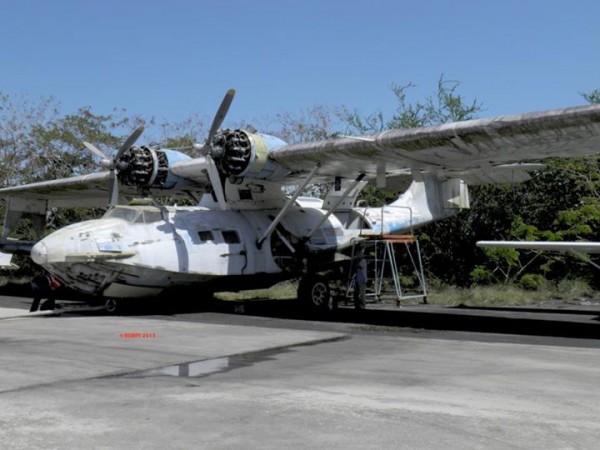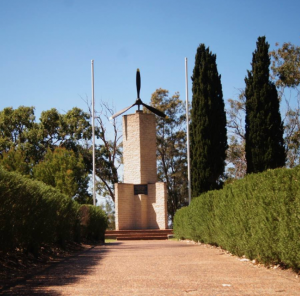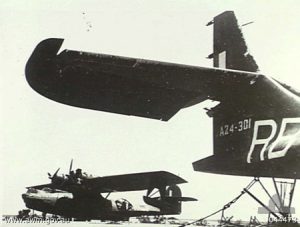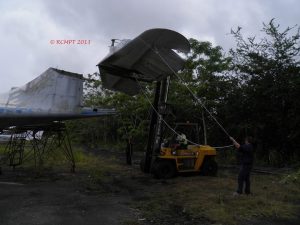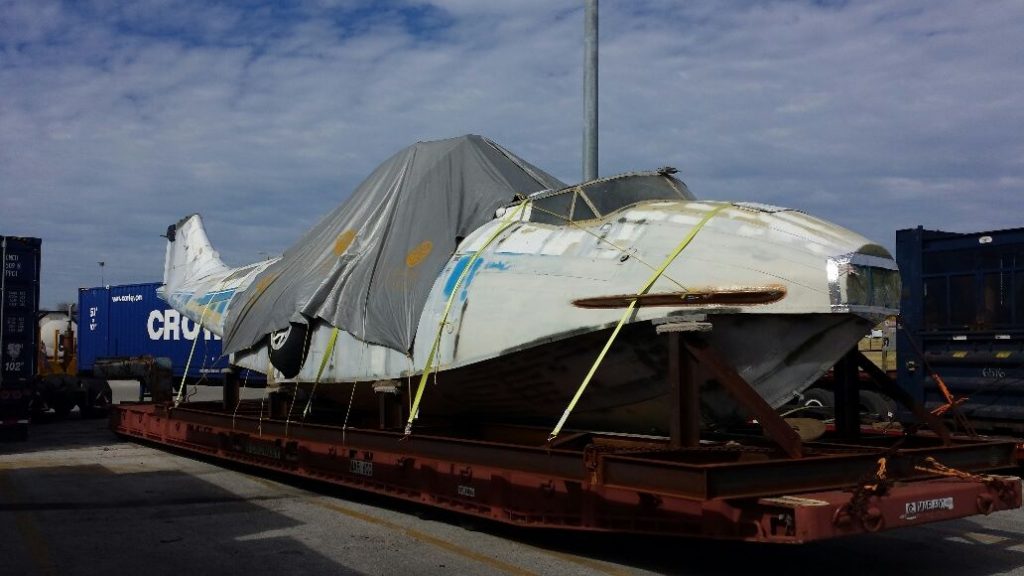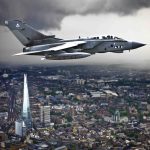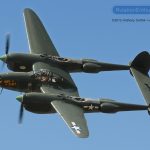Phil Buckley reports.
So when you need a PBY Catalina for a memorial display, do you just pop down to the local airport and hopefully find one for sale? No – first you try eBay and find one some 16,000km away! At least, this is how the Australian-based Rathmines Catalina Memorial Park Association ended up acquiring a PBY-5A Catalina in early 2013, which it intends to display at a museum to honor and recognize the heroism of Royal Australian Air Force Catalina crews during WWII.
Located at Rathmines, just over an hour north of Sydney in New South Wales, Australia, linger the remains of a WWII-era seaplane base on a the edge of a large lake system. After 70 years, the site is slowly gaining recognition for its historical significance. The number of buildings which remain may have shrunk since the base’s closure during the early 1960s, but there are still enough to inspire a committed band of volunteers to make this location become a national tourist destination. Between the 1930s and 1960s, the location gained in popularity and, as a result of WWII, it is deeply connected with Australian military history. Rathmines is primarily known as a Catalina base, but it also hosted Short Sunderlands, Martin Mariners, Vought Kingfishers and Dornier Do 24 seaplanes during WWII. The RAAF operated a total of 168 Catalinas between 1941 and 1952. Four front line squadrons operated the type, as well as two communications units and three Air Sea Rescue flights.
RAAF Catalinas arrived at Rathmines in early 1941. They conducted training flights here, and also launched missions deep into enemy territory from the base, right up until war’s end. Indeed, Rathmines played a significant role in Australia’s defense during WWII. Some have said that Catalinas helped save Australia during WWII – they gave advanced warning of Japanese invasion fleets in the Pacific on a number of occasions, helped mine and diminish the Imperial Japanese Navy not to mention rescuing many downed pilots and shipwrecked sailors. These operations were far from risk-free, however, with 322 RAAF Catalina crewmen losing their lives in action. During WWII, the base at Rathmines became the largest RAAF flying boat base in the southern hemisphere with almost 3,000 RAAF personnel based there during 1944-45. The large base once boasted some 230 buildings, but only a handful now remain. Over the last few years, a Catalina Festival has taken place at the base site each November; this has helped present generations to learn about the seaplane base’s history. The Rathmines Catalina Memorial Park Association has developed a plan to build a museum/hangar on the base to educate and form a memorial to the Catalina veterans so that their legacy is not forgotten. To get this moving, the RCMPA bought their own static Catalina restoration project on eBay – in doing so, they acquired a minimally-priced airframe at only US$20,000 from San Juan, Puerto Rico. The airframe is definitely weather-worn, with some corrosion too after sitting outside for many years, but it is a great place to start.
Beginning in mid-2013, RCMPA volunteers travelled to San Juan, staying for weeks at a time, to disassemble the aircraft for its shipment to Australia. They began shipping some components as soon as they were freed from the airframe, with items, such as the engines and rudder, having now arrived in Sydney by freight. Following several hot months of arduous labor, the team finally achieved their goal of separating the airframe into its major components by late 2013. During early 2014, the team were able to ship the fuselage and wings out of the country for their long journey by sea to Australia. The intended plan now is to get the airframe to Australia by early March 2014. The rebuilding at Rathmines will commence soon after.
A French shipping company was contracted to ship the wings and fuselage to Australia. On January 24, 2014 Our Girl’s fuselage arrived safely in Jacksonville, Florida for an intermediate stop before heading to Australia.
If you want to support The Rathmines Catalina Memorial Park Trust and the restoration of the PBY 5A Catalina – ‘Our Girl’ click HERE.







